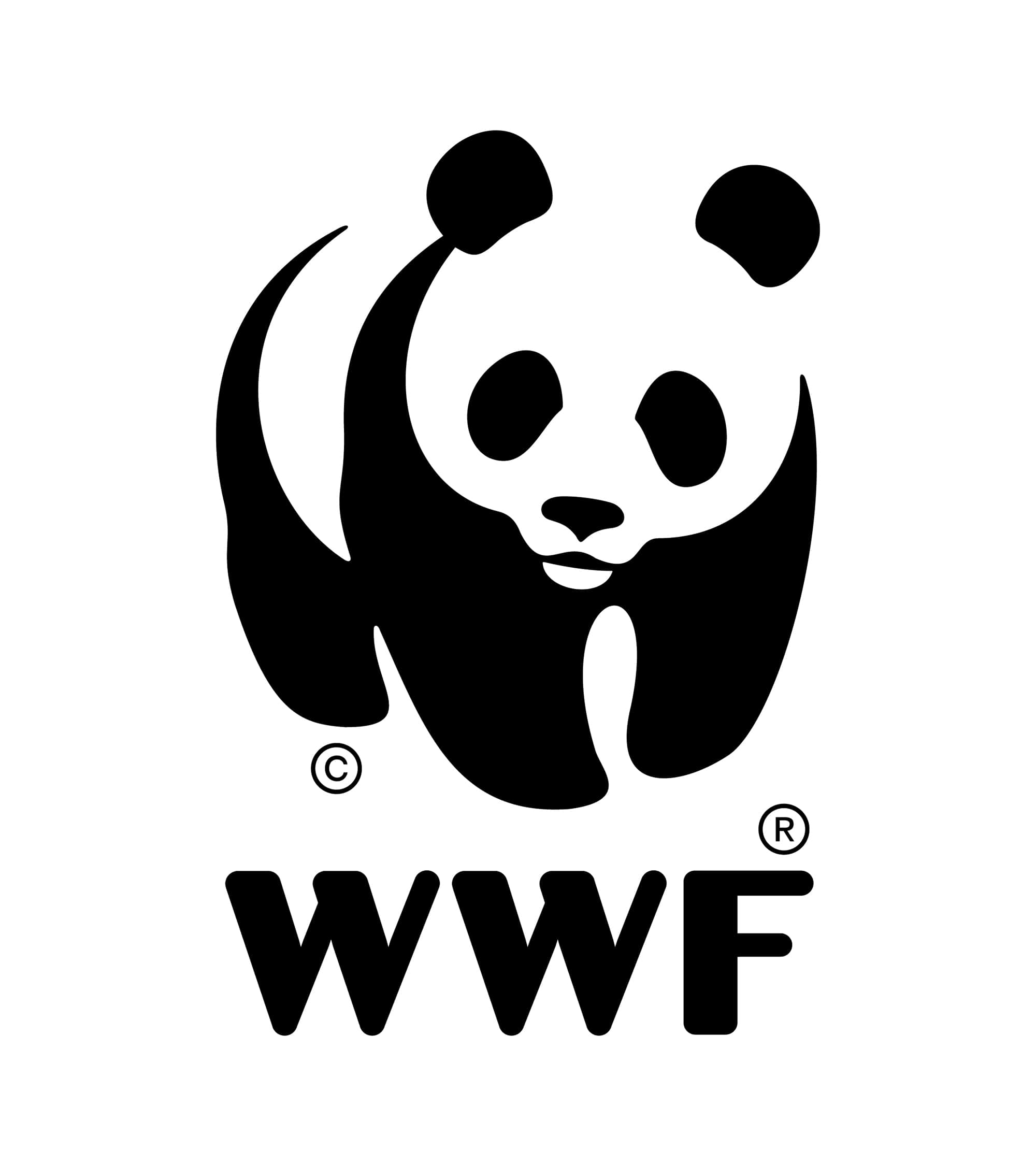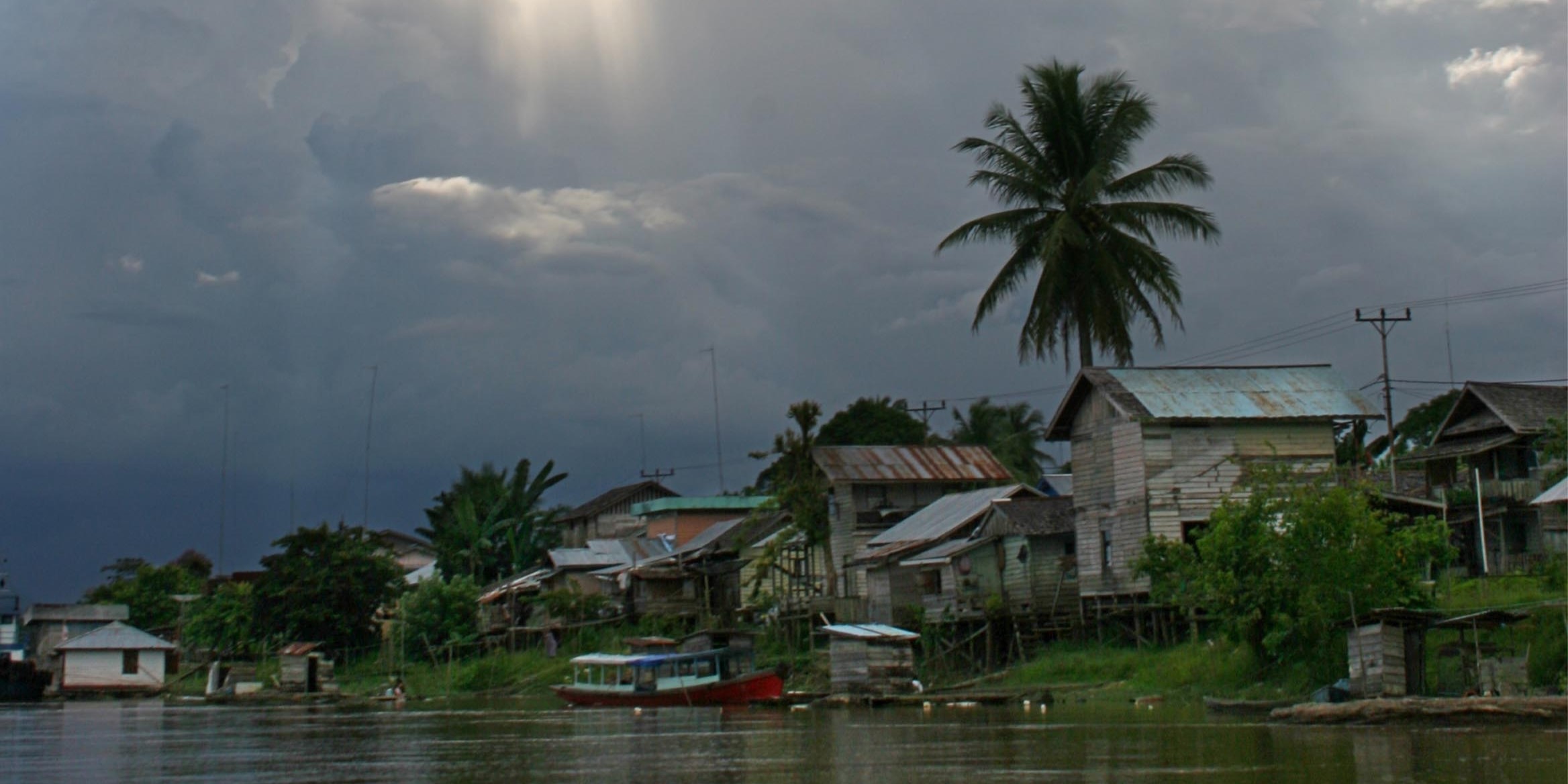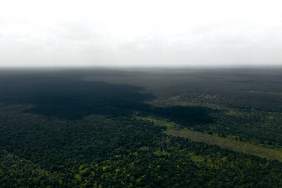LOCAL CONSENSUS AMONG MELIAU VILLAGERS TO PROTECT MEREBUNG LAKE
By: Masayu Yulien Vinanda
Kapuas Hulu (07/01)-With its water area reaching to 3.27 % of total Indonesia territorial waters, Kapuas Hulu, the district located in the eastern tip of West Kalimantan unquestionably boasts rich fishery resources. In the area encompasses 148 rivers and 115 lakes. However, only 21 of the lakes have been designated as protected lake. The rest is protected by the local people who implement their own customary protection system which has been employed in Meliau sub-village.
In Meliau, there are 7 lakes which are protected by the community. Merebung lake is one of the examples. Being protected doesn’t mean it is prohibited to be utilized by the community. Merebung lake is able to provide livelihood for the community with its fishing zone system. In this fishing zone, villagers are allowed to catch fish.
In general, fishing activities in Merebung lake can be conducted every year. However the fishing instrument used is strictly regulated. For trawl, fishermen are only allowed to use harsh mesh, with the size of above 4 inches. This type of mesh can only catch adult fish (2-3 kg). Meanwhile baby fish that are not targeted will not be caught.
Fishing bait is also regulated under the customary agreement. For example, fishermen are not allowed to use cockroaches. They are prohibited since Arowana (known as Dragon fish in Kalimantan), which is strictly protected by the community, likes them. Since the last 30 years, Arowana has never been found in the wild. Only in 2009, one individual was encountered once in Semalah, a village located one-hour away from Meliau. This condition has forced the villagers to implement a local moratorium for Arowana hunting. It has been tens of years, they didn’t catch Arowana.
Other forbidden bait is the baby snakehead (Toman) since all fish like this bait. The customary protection system also regulates the fishing season. In certain months, for instance September, October, and November, the lake is closed for any fishing activities. The restriction is applied since during those period of time, a number of fish are spawning.
Fine is also applied for those who disobey the regulation. For instance, those who use baby snakehead, every bait will get fined for 200,000 rupiahs. Besides paying the fine the “bad” fisherman will not be allowed to catch fish for 3 years. However, since the regulation is established, no infringement has ever occurred.
The protection effort been done by the community has given a fruitful result, the population of the rare fish, arowana has been well sustained in the wild. This is proven through the finding of Super Red Arowana. This endangered fish was accidentally caught by an American professional angler, Robert Clarke on the early September 2011. Its size was extremely amazing. Its length reached to 1.4 m and it weighed 6 kg. Once the fish was caught, it was cautiously released to the wild. It was released slowly from the mesh, then the charismatic fish was released to the Merebung lake by a villager who escorted the angler. According to Meliau villagers, with that enormous size, the fish can be valued for 30 million rupiahs in local market or 300 million rupiahs in international market.
“In formal legislation, 10 lakes in Meliau including Merebung have not been designated as protected lakes. However in an attempt to propose Merebung’s protected status, WWF-Indonesia together with various stakeholders have conducted workshop on environmental services and ecotourism. Meliau villagers were invited to share their knowledge and experiences about arowana in Merebung. The presentation of the community representative was hailed by the local government who attended the workshop. Those 10 lakes were then recommended to become protected lakes. The community expected that if Merebung lake officially became protected lake, they are still able to utilize its recources under special regulation,” said WWF Kapuas Hulu Project Leader Albertus Tjiu.





